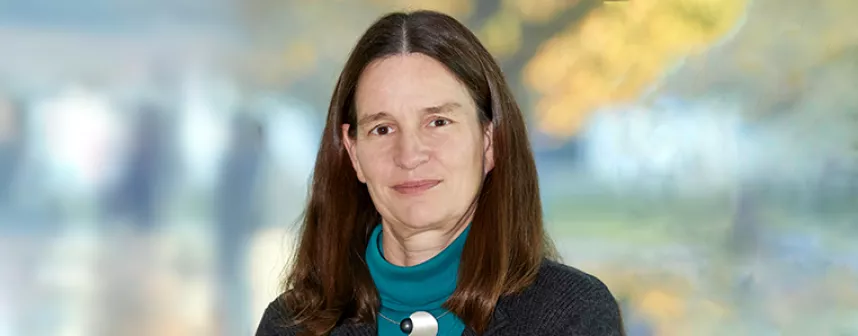The Bauhaus in Australia
November 19, 2019
It is also a history of refugees and migration: many Bauhäusler fled Germany in the 1930s for fear of persecution by the National Socialists - all the way to Australia. A recently published book traces the influence the exiles had on art, architecture, and design "down under”. One of the authors is Dr. Isabel Wünsche, Professor of Art and Art History at Jacobs University Bremen.
The Bauhaus in Australia is a little-known history. All the greater was the interest that the scientist and her colleagues met at the presentation of her book "Bauhaus Diaspora and Beyond: Transforming Education through Art, Design and Architecture" in Sydney, Melbourne and Brisbane. Professor Wünsche coupled this with lectures, discussion rounds, and a subsequent lecture tour sponsored by the Goethe-Institute through New Zealand. "The Bauhaus is present in Australia and New Zealand, especially now in its one hundredth anniversary year," the author notes. The Bauhaus, which brought together arts, crafts and free art and later propagated the unity of art and technology, was founded by Walter Gropius in Weimar in 1919 and moved to Dessau in 1925.
, "Bauhaus Diaspora and Beyond" – The book shows the Bauhaus's diverse presence in Australia and New Zealand. (Source: Melbourne University Press)Professor Wünsche's book is devoted above all to the work of the artist and reform pedagogue Ludwig Hirschfeld-Mack, who was active at the Weimar Bauhaus, emigrated to England in 1936, and was deported to Australia in 1942 as an "enemy alien". There the director of the Geelong Church of England Grammar School got him out of the internment camp and hired him as an art teacher. But Hirschfeld-Mack's influence on Australian art, like that of other Bauhaus students, remained limited; he concentrated primarily on introducing reform pedagogical concepts and Bauhaus principles into Australian art education from kindergarten to adult education.
The alternative art concept and the modern aesthetics of Bauhaus supporters, who wanted to create a new society, met with only limited approval in the conservative Australia of the 1940s and 1950s. One exception was the architect Harry Seidler, a Gropius student trained in North America, who laid the foundation for modern architecture with the Rose Seidler House and subsequently designed many important buildings in Sydney. It was not until the next generation in the 1960s that interest in the Bauhaus began to grow in Australia and New Zealand. In 1961, the first Bauhaus exhibition was shown in the young Gallery A in Melbourne. In its one hundredth anniversary year, the Bauhaus's work is honored beyond Europe through exhibitions, symposia and this book.
Book:
Philip Goad, Ann Stephen, Andrew McNamara, Harriet Edquist, Isabel Wünsche:
Bauhaus Diaspora and Beyond: Transforming Education through Art, Design and Architecture. Melbourne University Publishing and Power Publications, 2019, 288 pages.
